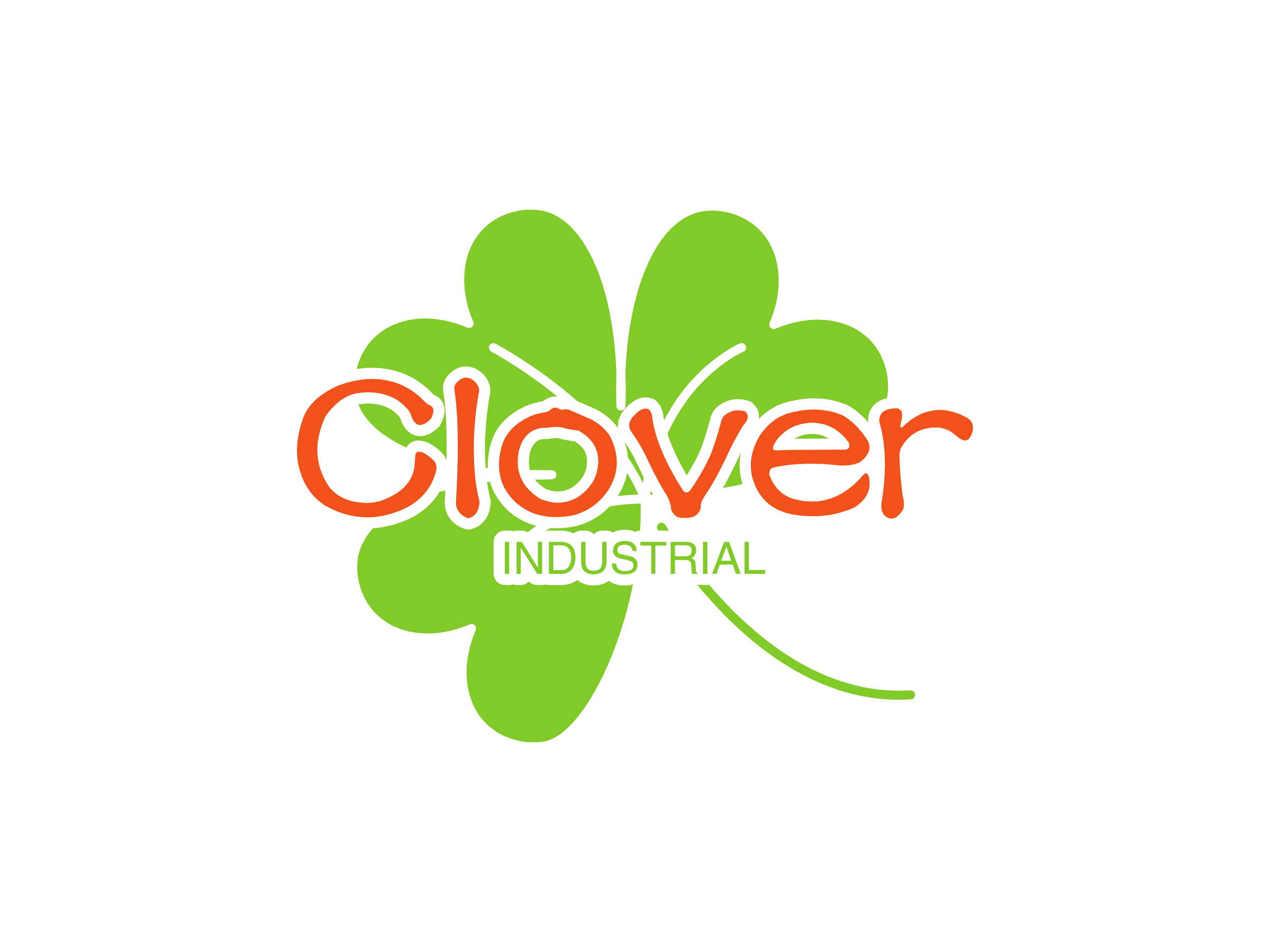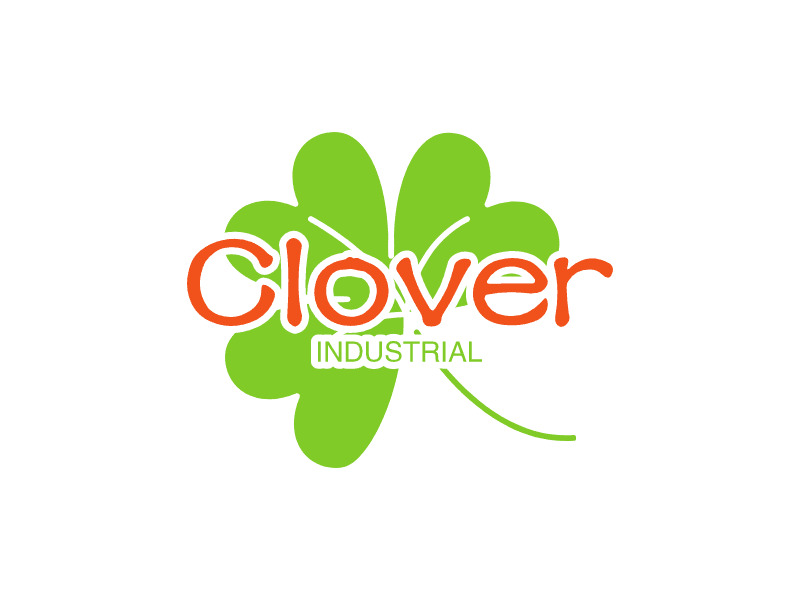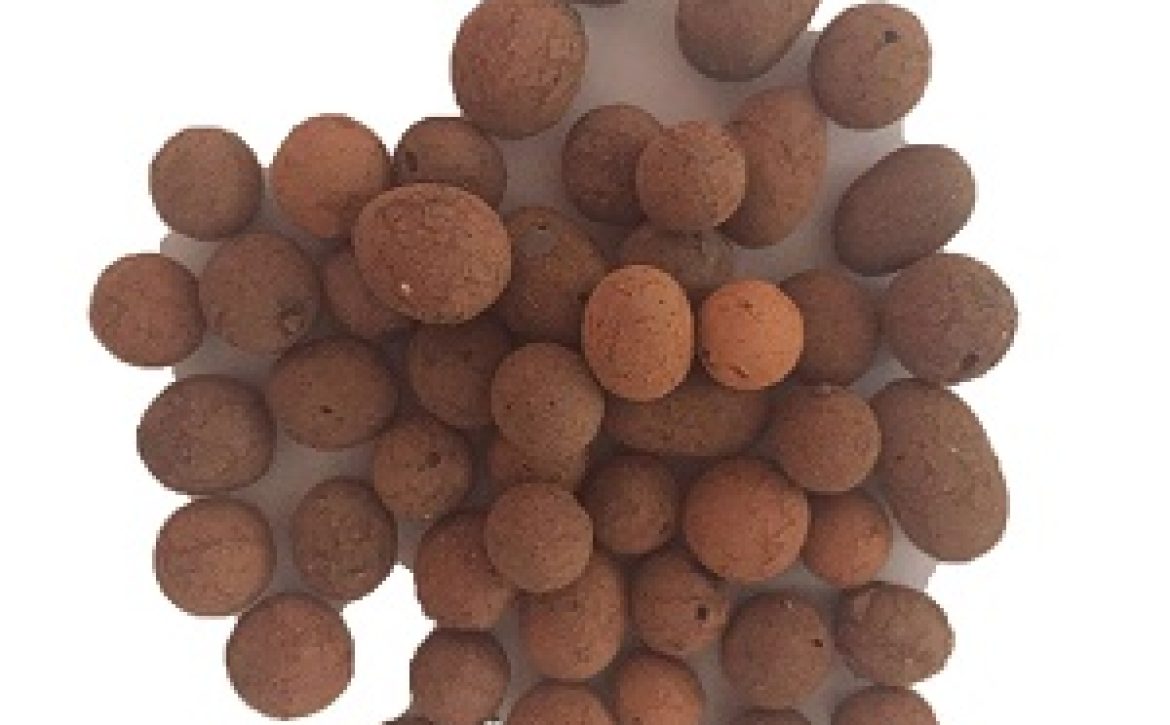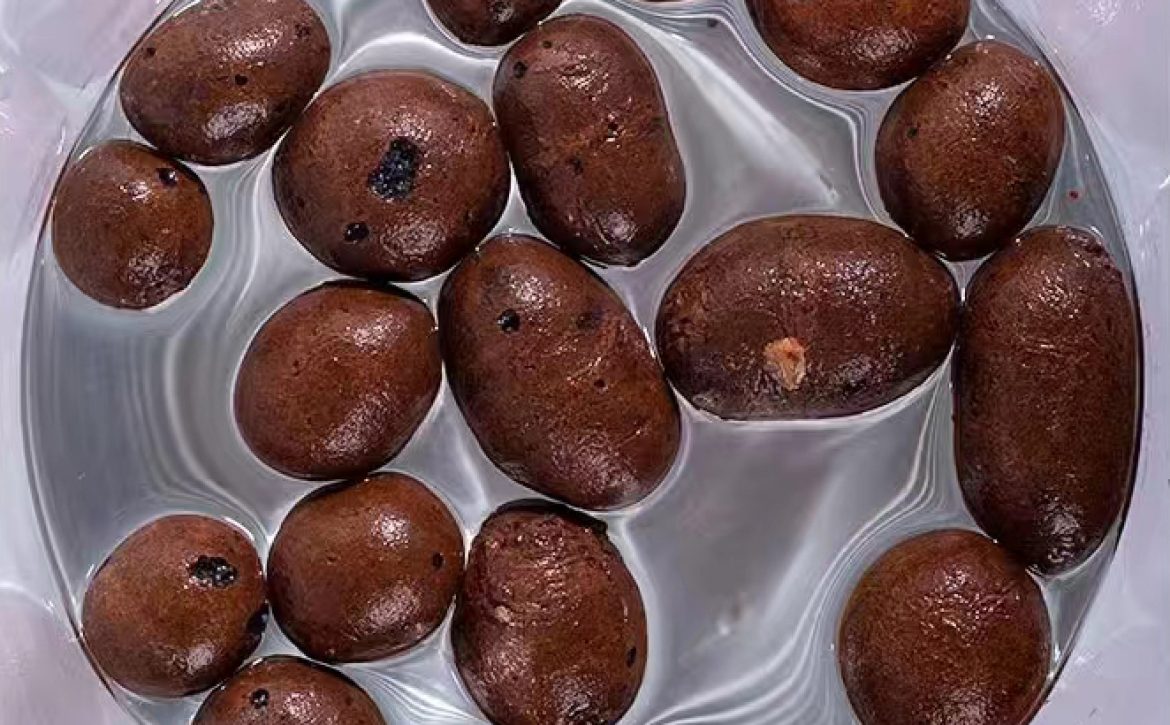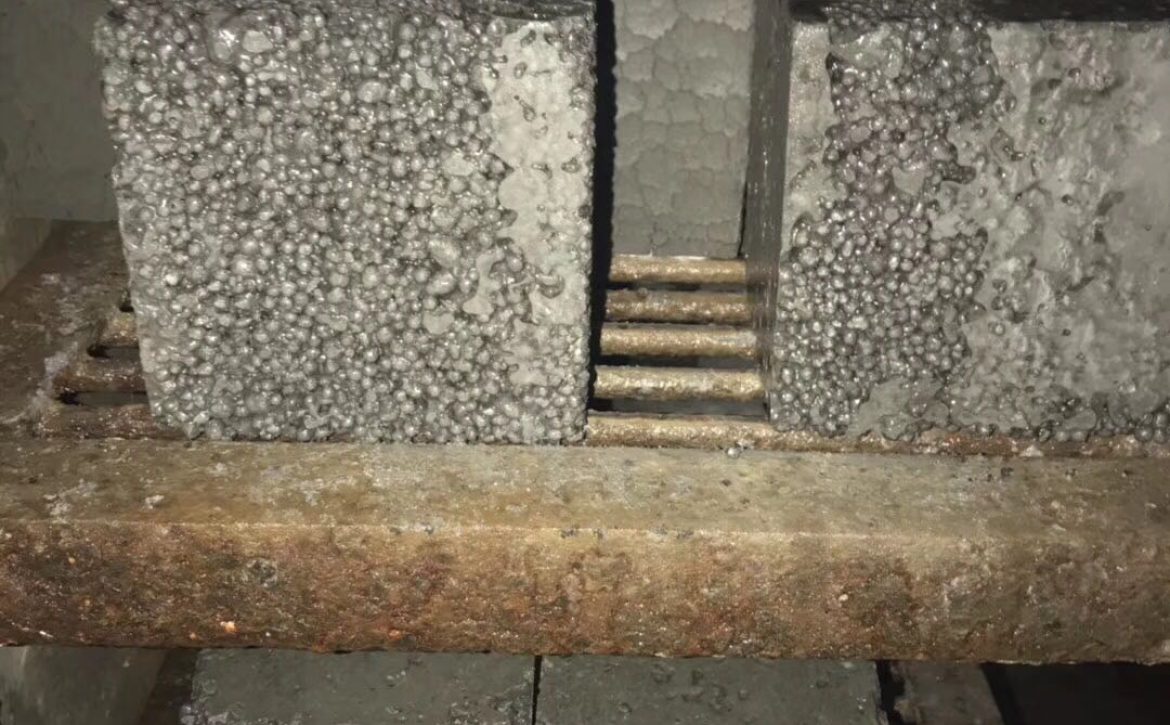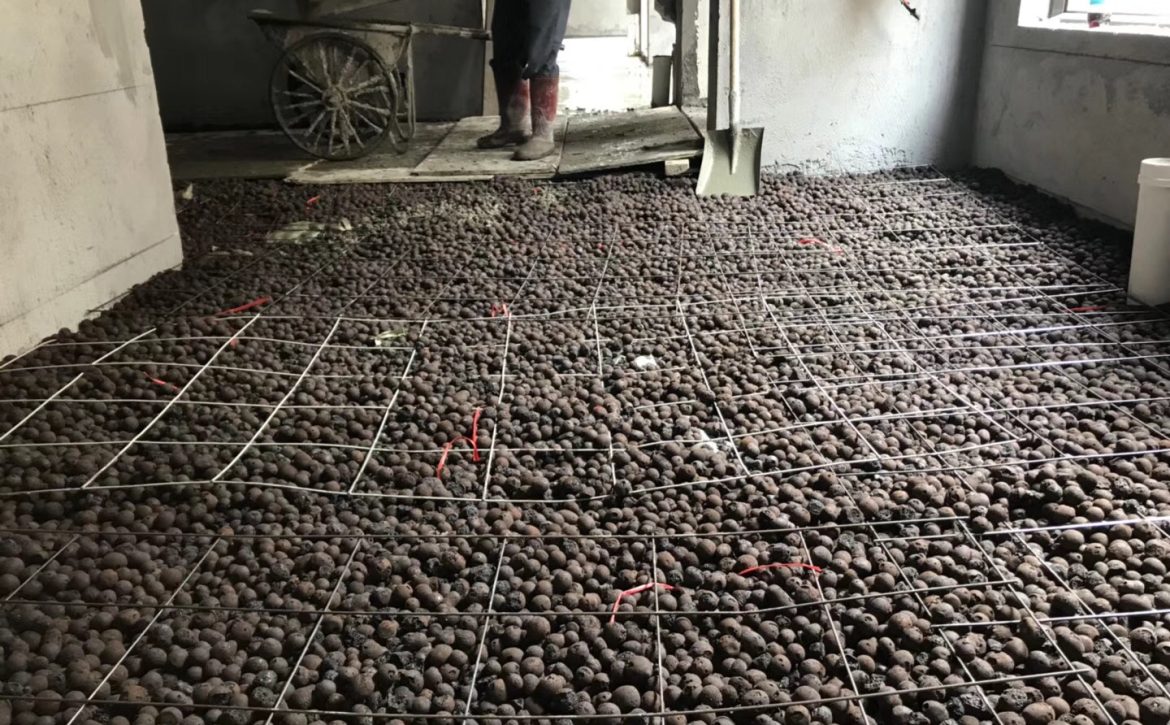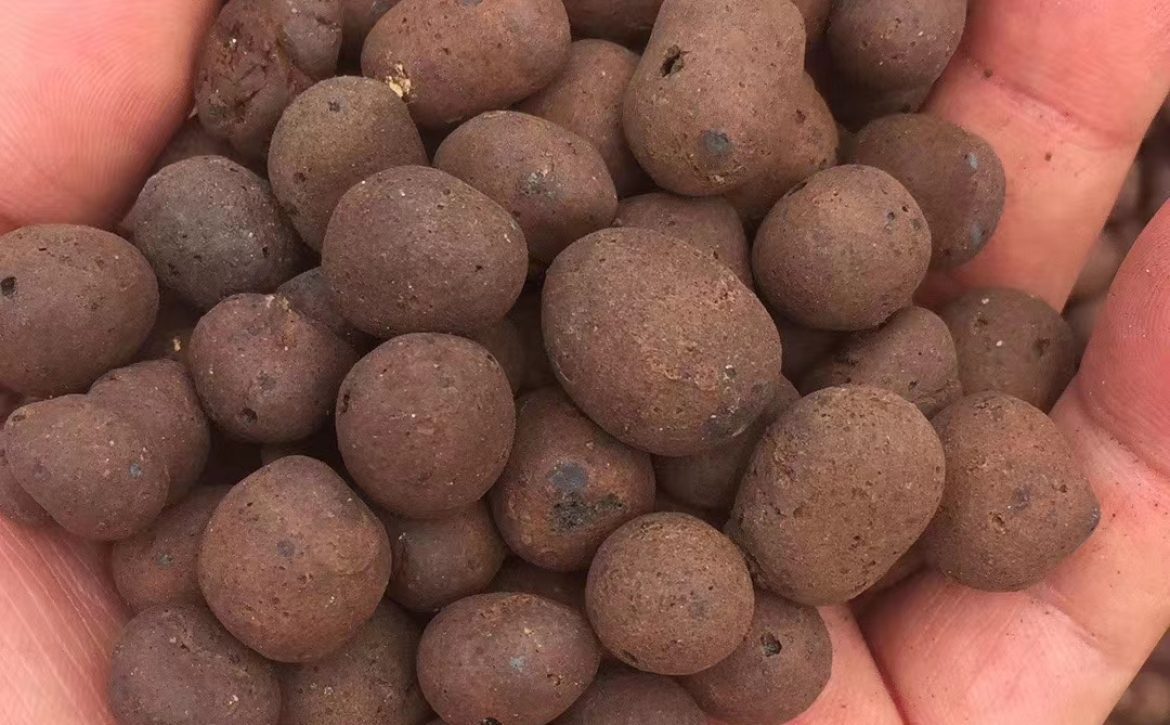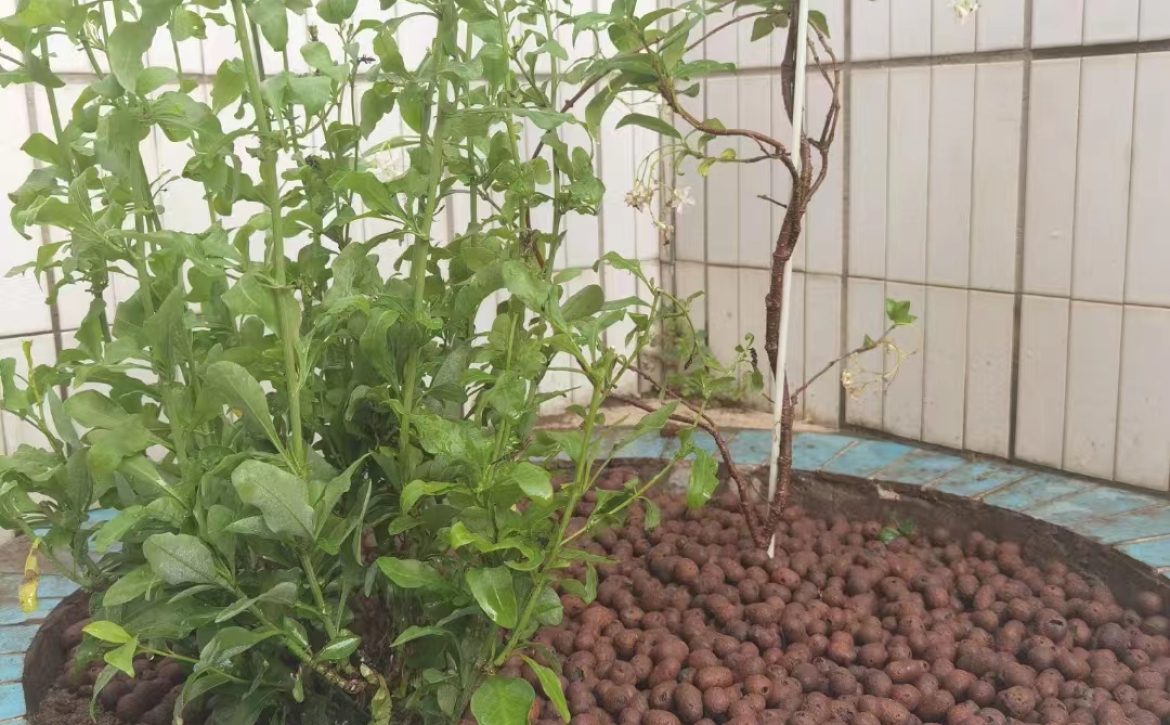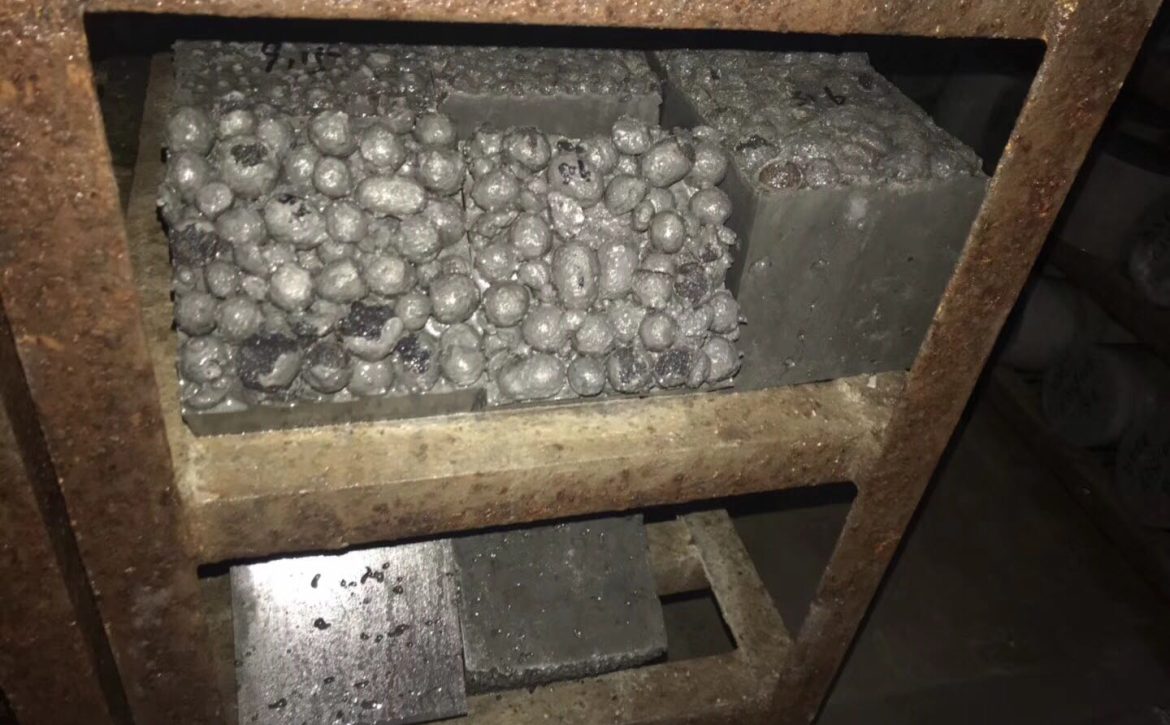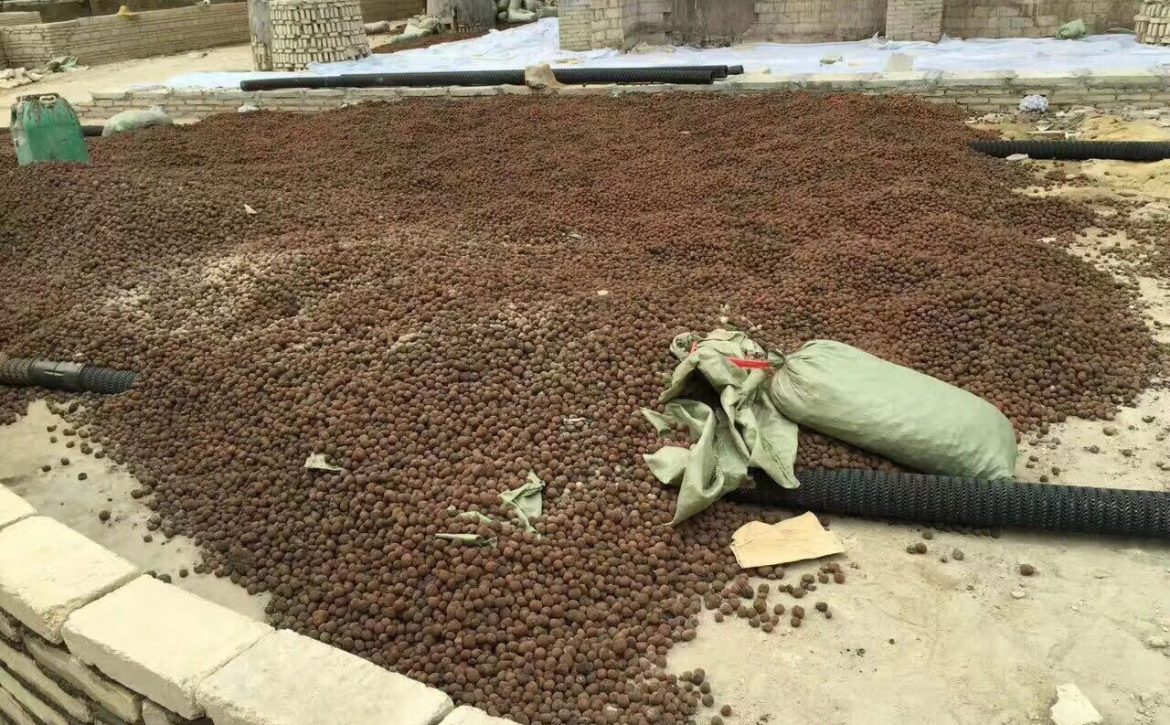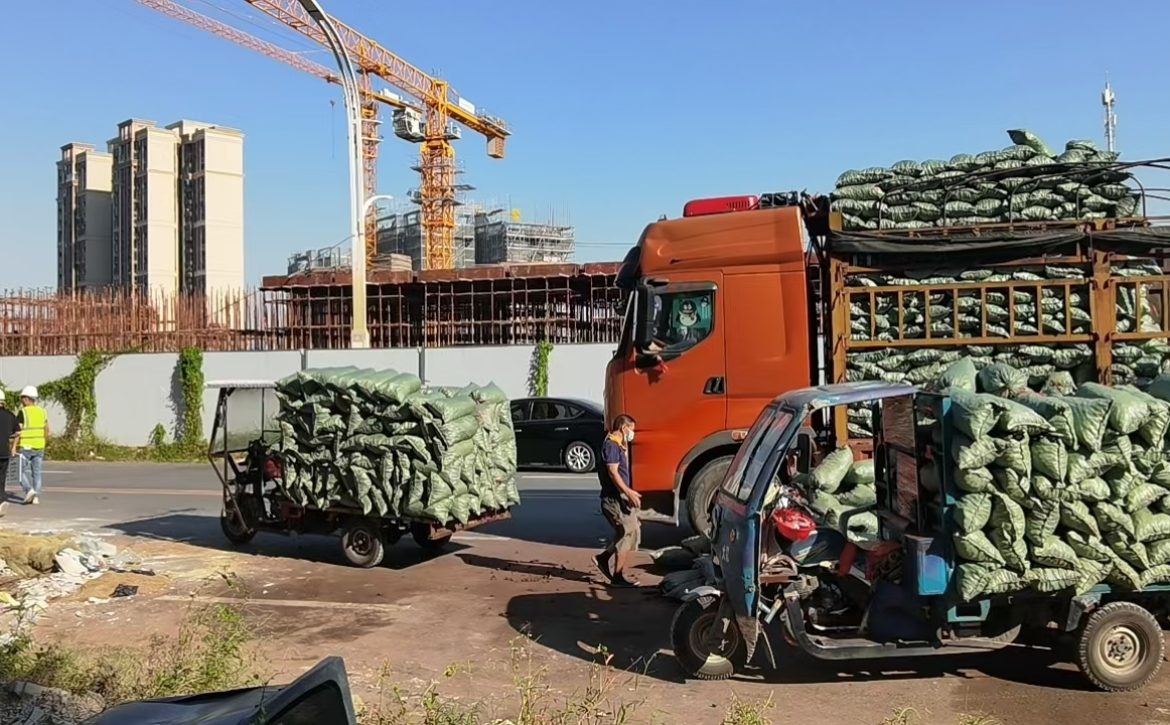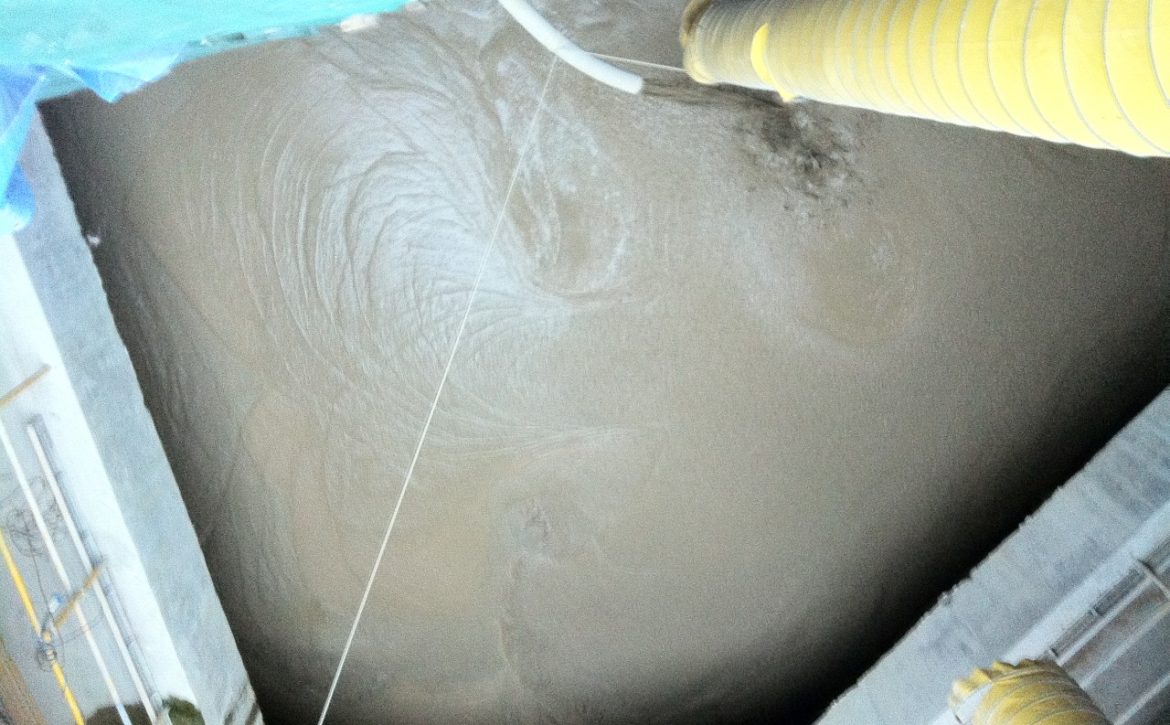- For the preparation of lightweight aggregate concrete:
Lightweight clay aggregates can be used to prepare CL2.5-CL30Mpa lightweight aggregate concrete with a density less than 1600 kg/m3.
- For the production of lightweight blocks:
The lightweight blocks produced with lightweight clay aggregates have excellent properties such as energy saving and environmental protection, light weight and high strength, sound insulation and heat insulation, fire resistance and moisture resistance.
- For the production of lightweight wall panels:
The lightweight wallboard produced by lightweight clay aggregates has excellent properties such as light weight, high strength, heat preservation, heat insulation, sound insulation, fire resistance, good moisture resistance, earthquake resistance, impact resistance, and small shrinkage.
- Used for roof insulation and slope finding clay aggregates:
It has heat insulation effect when used for roof insulation and slope finding; good integrity, easy construction; high compressive strength; it can be used for a long time, the roof can bear load, and the reinforced concrete structure does not need to find slope, and drainage slope can be laid according to the requirements of use. Greatly facilitate design and construction.
- For floor cushion and moisture-proof layer:
The use of clay aggregates in the cushion can improve the thermal insulation, heat insulation, sound insulation and bearing capacity between floors; it can facilitate the layout and installation of pipelines in the ground. Used as a moisture-proof layer, it can also prevent the floor from regaining moisture and keep it dry. It is very beneficial to protect various wooden floors and plastic panels from deformation and fading, and to prevent moisture and water in the basement.
- Used for roof garden greening:
The use of clay aggregates in the roof garden can reduce the load of the floor, protect the soil from being lost with water, quickly dredge the accumulated water, and maintain the supply of soil moisture and fertilizer when it is hot and dry.
- For soilless cultivation/ hydroponics:
Ceramic materials are used in soilless cultivation/ hydroponics of potted flowers and gardening, which can not only retain water and fertilizer, keep the soil loose for a long time, prevent soil compaction, but also be clean, hygienic and beautiful.
- For sewage treatment:
clay aggregates can be used as a biological carrier in sewage treatment, and can filter impurities in sewage, and can absorb oil and harmful substances.
clay aggregates concrete has been widely used in various types of prefabricated and cast-in-place concrete projects in industrial and civil buildings (such as prestressed and non-prestressed, load-bearing structure or enclosure, heat insulation or impermeability, static load or dynamic loaded). clay aggregates can also be used in other building materials such as pipeline insulation, furnace insulation, cold insulation, sound insulation and sound absorption; it can also be used as soilless foundation bed materials and water filtration materials in agriculture and gardens.
